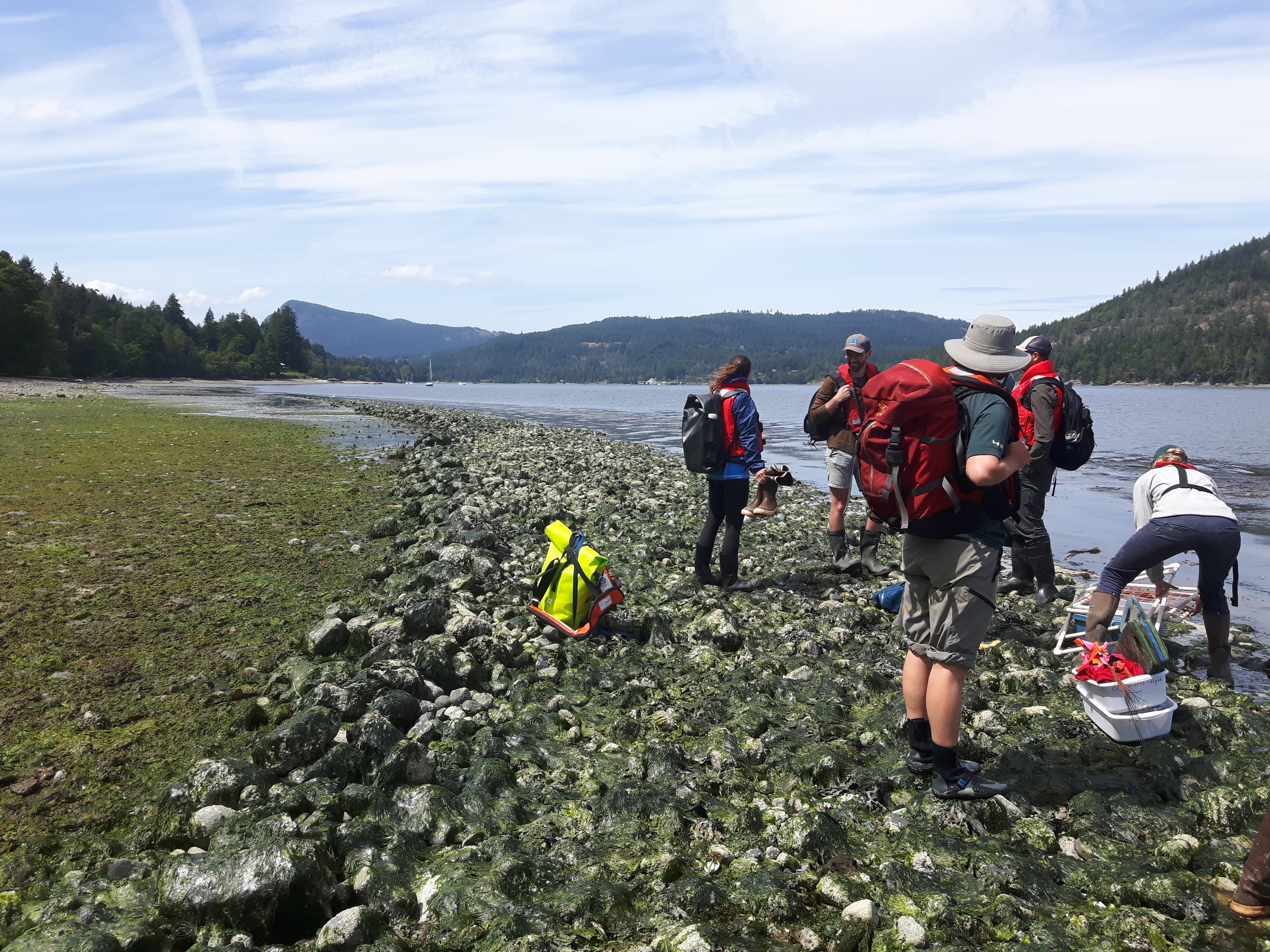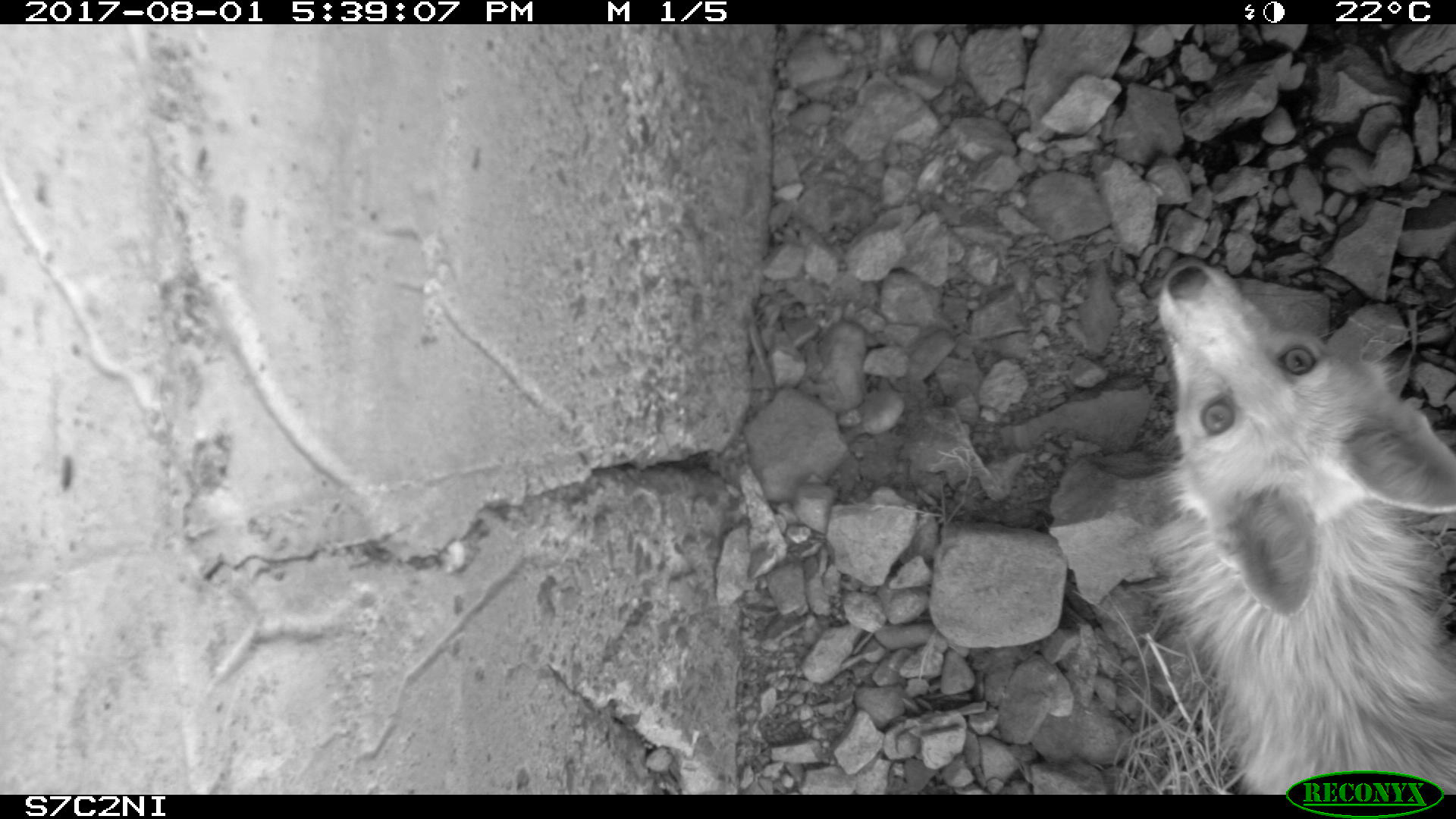Following streams: From peatbogs to estuaries
I am a Master’s student at Simon Fraser University researching the eco-physiology of wild juvenile sockeye salmon during their downstream migration from lake to river to estuary to ocean. My interests lie along the intersection of land and sea, where coastal regions form immensely productive ecosystems for a spectrum of life. Although the diversity of coastal systems should lend to resilience, they are among the most threatened. Their threats are modern and anthropogenic, due to climate change and development for agriculture, industry or urbanization; Likewise, these threats are impossible to be removed. The solution to these global problems must come from local adaptive management of systems, and by including the humans who live and interact with these ecosystems, historically and presently, into our models of the ecological world. I am interested in adaptive measures to understand our rapidly changing ecosystems, and find adaptive solutions to confer social-ecological resilience to our coastal systems.
Current Projects
Under what conditions are estuaries important for juvenile salmon performance and survival?
For my Master’s thesis, I am researching how the physiological condition of sockeye salmon smolts impacts swim ability and habitat selection throughout the downstream migration corridor, from lake to estuary to ocean.

Learning from Indigenous practices of sea garden management to inform Social-Ecological Resilience of modern coastal ecosystems
In collaboration with Indigenous practitioners and researchers across the Pacific Ocean, our research group is documenting how traditional management and cultivation of sea gardens has lent to social-ecological resilience of the past and to inform present resource management.

How does host evolutionary history, climate, and lake characteristics impact parasitism of dragonflies and damselflies?
Along with researchers from Unversity of Toronto, Concordia University, and the Insectarium de Montréal, we are investigating how regional climate, local biotic and abiotic factors, and attributes of the host species affected variation in parasite load among odonate individuals.

Can humans and mammals share highway underpasses?
To understand how mammals can use existing underpasses to combat habitat fragmentation by highways, we monitored mammal use of culverts, roadways and train tunnels below a high traffic highway that bisects an essential wildlife corridor of the Northern Appalachian region, QC. This is a collaboration between Concordia University, the Ministry of Transport of Quebec and a non-profit conservation organization, Corridor Appalachien.

